 At Linn Academy today, David Brackin, managing director of Stuff U Sell, the leading eBay trading assistant in the UK and a regular Tamebay contributor reports on the eBay Fireside Chat moderated by Hannah Hardiman of eBay.
At Linn Academy today, David Brackin, managing director of Stuff U Sell, the leading eBay trading assistant in the UK and a regular Tamebay contributor reports on the eBay Fireside Chat moderated by Hannah Hardiman of eBay.
Following on from an inspirational talk by Matthew Syed (UK tennis-table champion and high performance consultant) where he discussed at a very high-level the power of having a growth mindset rather than a fixed mindset (ie asking questions and learning from your mistakes), the next panel at Linn Academy quickly move away from the theoretical to specifics as Hannah Hardiman of eBay chaired a panel discussion with Velocity Electronics and experienced eBay sellers Nicola Scriven and Josh Grant to discuss the nitty gritty of how best practices of how to sell more on eBay.
The first issue discussed was how to be found on eBay with a marketplace full of offerings and a changing methods of search. Hannah was at pains to point out that item specifics and the work that sellers are being asked to put in to updating them at the moment is entirely worth it and eBay wouldn’t be asking for them if it didn’t sincerely believe that they would increase sales since eBay only wins when sellers sell. Josh explained how he saw a big growth in sales when they updated their item specifics, albeit during a phase of strong organic growth and he couldn’t measure how much growth he saw, but it was too close.
Hannah also revealed that the algorithms that drive Promoted Listings are the same as those that drive Best Match so all the work that you put in to improving listings for Best Match can also boost your results in Promoted Listings. Nicola has seen a 30% increase in her business from using Promoted Listings using it both in the UK and on international sites. She’s been experimenting with different rates and has noticed that she can try the same effect for cheaper so she strongly advocates experimenting. SImilarly PJ Scott from Velocity says that he veers away from the trending rates and experiments with cheaper rates — running with Promoted Listings for a week and then without to do comparitive experiments and gather data about what works. As I previously reported, this is the heart of success on Prmoted Listings – constant experimentation and rigorous analysis of the data – and in my view it really is about time that eBay improved its reporting of Promoted Listings to make this easier for sellers to see what works. He also notices that new listings get a boost for 48 hrs in Best Match and it’s useful to use this together with Promoted Listings to get a new listing away at the races.
There are other promotions tools which have some success — some sellers noted that multi-buy discounts have surprising take-up and even if they just reflect your buying discount, they are popular with buyers.
Noone admitted to making any mistakes that were made and no questions were allowed. Matthew can you hear us now?
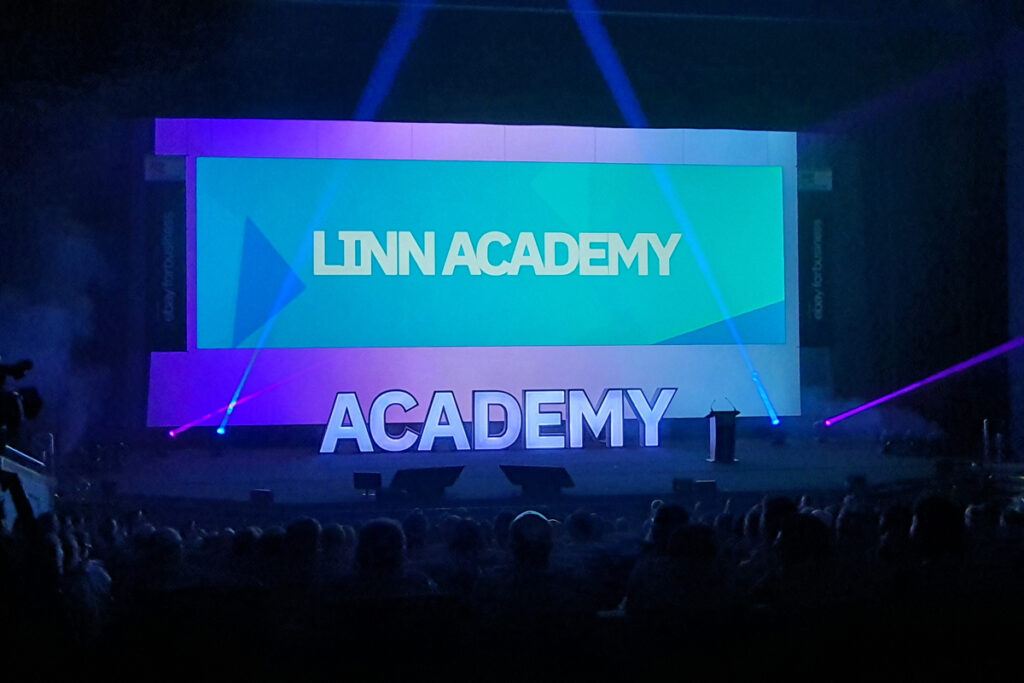
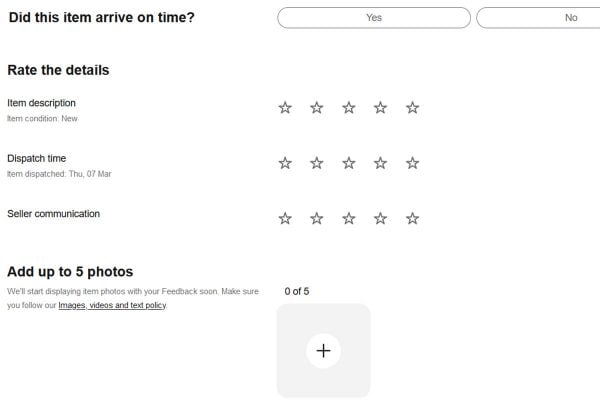

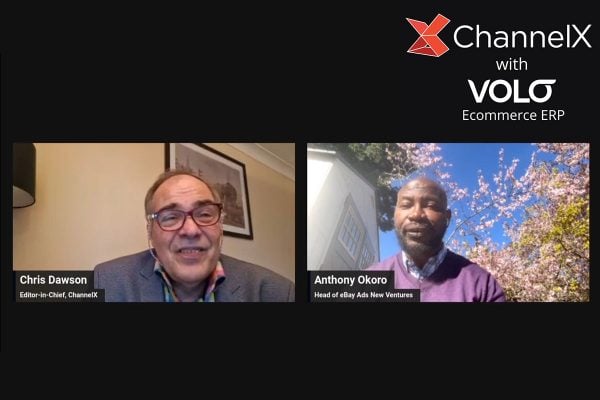
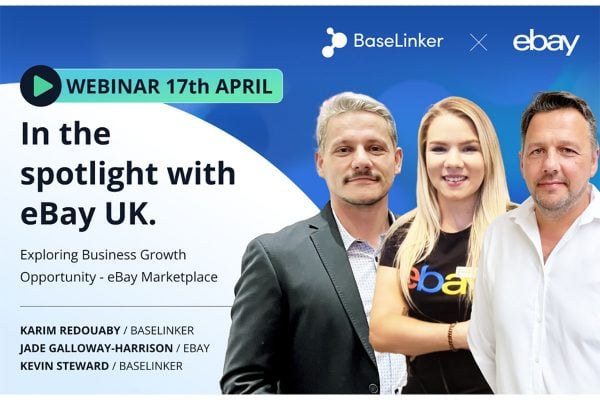

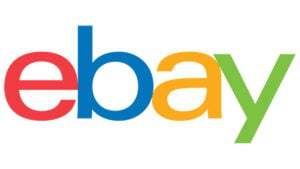
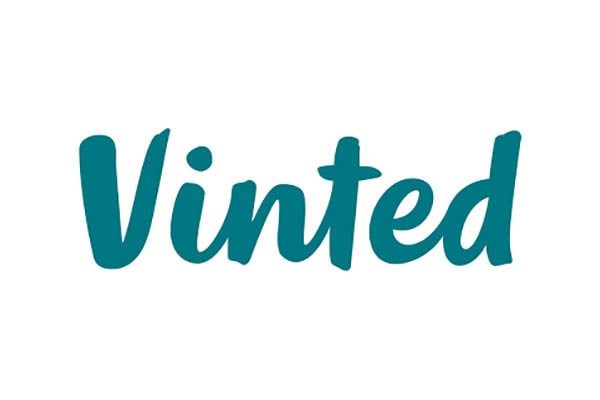


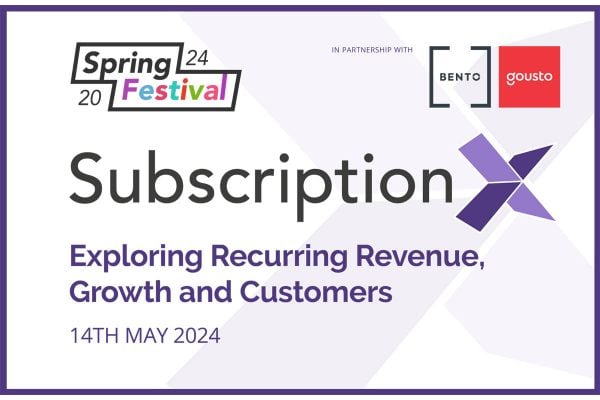
12 Responses
I agree with item specifics, although a lot of hard work if you need to update 10,000 listings.
Sponsored listings are another matter. I am seeing many of my listings showing as trending at 7-15%, that would be on top of the 29% I already pay in listing fees, sale fees, Paypal fees and VAT.
What happens when we are all using Sponsored listings, what next?
We also have the Multibuy, so are encouraged to use that to discount items
On top of this, we get told by eBay that we should try and compete with other sellers by reducing our prices further.
It seems like a race to the bottom with eBay encouraging sellers to give them 20%+ of their sales but keep reducing prices.
Just a quick follow-up to the thorny issue of ad-blockers, and how they affect promoted listings.
As a buyer, sponsored listings are becoming annoying, and they’re also eating up my data allowance on my phone. I tend to ignore them in order to find new items using organic best match, which I perceive will give me the best combination of price, customer service, feedback, etc. And if I’m buying a used item, I’ll always search using “newly listed” for fixed price items, and “ending soonest” for auction items. The placing of sponsored listings just gets in the way of the my search, frankly, and it’s even worse when I look at “sold listings” to get an idea of value, because I now have to put my glasses on to scrutinise my screen more closely, to determine the sold listings from the sponsored ones. It’s an inconvenience. I haven’t started to use an ad blocker yet, but I’m very close to doing so.
And as a seller, I’d say this. If your market is aimed at 24-34 year olds (ie those who use ad blockers most) then the percentage of promoted ads being blocked could be much higher than ebay’s quoted percentage, which I’m assuming was a general, overall percentage, across all demographics. Similarly, twice as many males use ad blockers when compared to females. So, if you’re products are aimed at 24-34 year old males, you need to consider your promoted listing strategy more carefully, whereas if you’re targeting buyers over 55 and female, you’re less likely to suffer reductions in promoted listing visibility. There’s no point in paying 5% to promote, if 5% of your listings are blocked, for example, and I’m guessing that a general 2% block across the platform might represent a 5% block for certain target audiences where the use of ad blockers is more common. It could, of course, be much higher.
In any event, if I compare the trending rates of certain categories in the US with roughly comparable categories in the UK, it’s clear to me that sellers are “competing” with each other as the promotions market matures, so I suspect we’ll see not only more money needing to be spent in order to maintain visibility, but a growing realisation that, more than ever before, it will be necessary to constantly take the time to tinker with promotion strategies to get the best visibility for the minimum cost. I’m sure ebay thought that sellers would just blindly promote continuously at the trending rate, but personally, I feel I can get more bang for my promoting buck by experimentation.
Nick that’s all really interesting, thanks. Could you elaborate on Instagram hashtags a little please?
So who administers and monitors all these
Tweaks , ploys ,work arounds
To promoted listings
We it may cost more on staff wages
Than simply selling and getting on with it
Long term I think sponsered listing really damage a marketplace reputation, ad fee’s override price and customer service. Traditionally the big attraction of Ebay has been a good place to get a bargain, now more often then not if you search for items on ebay, you will often see that what customers are now presented with at the top of the page, are not based on good prices and sellers with good customer service, but the same item (using the exact Amazon listing title), at twice the price that you can buy it on Amazon, as all that is being shown to customers is an inflated priced items, sold by Amazon dropshippers spending money on Ebay sponsered listings. As usual as Ebay continues to chase short term profits, it continues to errode customers long term faith in Ebay as a channel on which to get a good price. Promoting dropshippers over actual real sellers carrying stock. With buyer receiving parcels clearly showing that they have been deliveried by Amazon and if they bother to look on Amazon they will see that have been ripped off. RIP EBAY as continue kill yourself.
“2. Consider setting a much higher promotion percentage than the trending rate, but with an item price high enough to offset the potential promotion cost if the item sells. You can encourage potential buyers to “watch” your item by pointing out that your item will be reduced in due course, on a certain day for instance, by which time you will not only have dropped the price but also dropped the promotion (but see the next tip).
3. If you’re going to end a promotion, then change the percentage to just 1% for a day or so, and then remove the promotion. That way, (given the fact that sellers pay a “legacy”promotion fee if an item sells in the following 30 days after ending a promotion, you will only pay a 1% fee, rather than the percentage you originally chose.
~~~~~~~~~~~~~~~~~
Nick, those are some creative ideas!
The promoted ad rate applies any time a buyer clicks through the ad for 30 days after, so to use #2 above you’d have to push a 30-day lead-time *after* dropping the promotion (partially or entirely) to ensure you don’t get any buys on the overly-inflated promoted percentage rate.
This could be potentially disastrous if a seller dropped both a highly-inflated promotion rate *and* highly inflated price only to have a buyer, who clicked through the promoted listing in the past few days, make a purchase (because they’d be buying at the lowered price but you’d still be paying the inflated promoted listing rate!)
It is also for that same reason #3 above would add questionable value (outside of the same reason you’d run any listing at 1% promotion), as the 30-day timer is based on when the buyer *clicked through* the promoted listing, not when the seller ends the promotion.
Have we got this wrong?